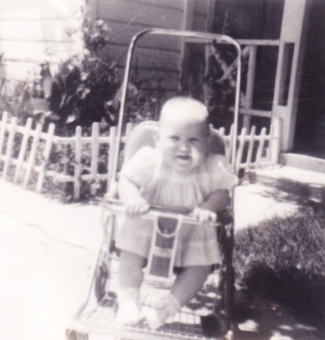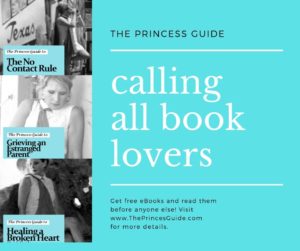It’s a day late this week, but this Flashback Friday post from 2014 was inspired by a comment on my post this week …
I’ve had several friends have babies in the past year, and I’ve often thought of their emotional states after the little miracles arrive. One of my single girlfriends from college recently adopted a newborn. My friend is a very successful professional who seems to have it all going for her. After hearing of her new baby I couldn’t help but think of how she didn’t have to go through the changes in her body — not only the weight gain and stretch marks but also the hormone shifts and postpartum depression.
The Centers for Disease Control estimates that 10- to 15 percent of women who have given birth experience Postpartum Depression (PPD) within the first year of giving birth.
“PPD has important consequences for the well-being of mothers and their children,” writes the CDC on its website. “For example, in a 2006 study, mothers who reported depressive symptoms were less likely to engage in practices to promote child development, such as playing with their infant. PPD might also be associated with discontinuation of breastfeeding.”
According to the CDC, significant risk factors for Postpartum Depressive Symptoms (PDS) include:
- Using tobacco during the last 3 months of pregnancy,
- Physical abuse before or during pregnancy,
- Partner-related stress during pregnancy,
- Traumatic stress during pregnancy,
- Financial stress during pregnancy,
- Delivering a low birth weight infant,
- Experiencing emotional stress during pregnancy, and
- NICU admission.
“The associations are not unexpected, given that these risk factors all can be considered either actual stressors or indicators of stress during pregnancy,” writes the CDC on its website. “Further research is needed to examine the relationship between stressors during pregnancy and PDS.”
While feeling down is perfectly normal considering the hormone changes that take place, extreme cases of Postpartum Psychosis can be deadly.
I was working as a reporter for The Galveston County Daily News when the Andrea Yates retrial verdict was brought down in 2006. For those who don’t remember, Andrea Yates was a mother of several young children in a Houston suburb who said she heard God tell her to drown all of them in her bathtub so they would be innocent enough to make it to heaven. Yates was found not guilty by reason of insanity and was committed to a state mental hospital to be held until she is no longer deemed a threat. (If she had been convicted of murder, she would have been sentenced to life in prison.)
For the story, I interviewed William Winslade, medical ethics and law professor at the University of Texas Medical Branch and author of the book Insanity Plea. He thought the plea has been abused and should be taken off the table in most cases, but not in the Yates case. He said he believed the insanity plea was appropriate “given how crazy she was at that time.”
The Yates case is an extreme example of Postpartum Psychosis (where the person is hearing voices and seeing things that are not physically there). It isn’t the norm but should be used as a reminder of how important it is to seek help at the first sign of something being “off.”
“The continuum of depressive disorders after delivery ranges from ‘baby blues’ to PPD,” the CDC writes on its website. “Although ‘baby blues’ is more prevalent, the symptoms of this disorder, which occur within the first few weeks after delivery, are less severe and do not require treatment. PPD can occur up to a year after delivery, is more severe, and requires treatment by a physician.”
If you’re a new mom and are experiencing any symptoms, know that it’s perfectly normal to feel down. However, it’s also important to get help from a mental health professional if symptoms continue. Many options ranging from drug therapy to talk therapy are available to help you.


